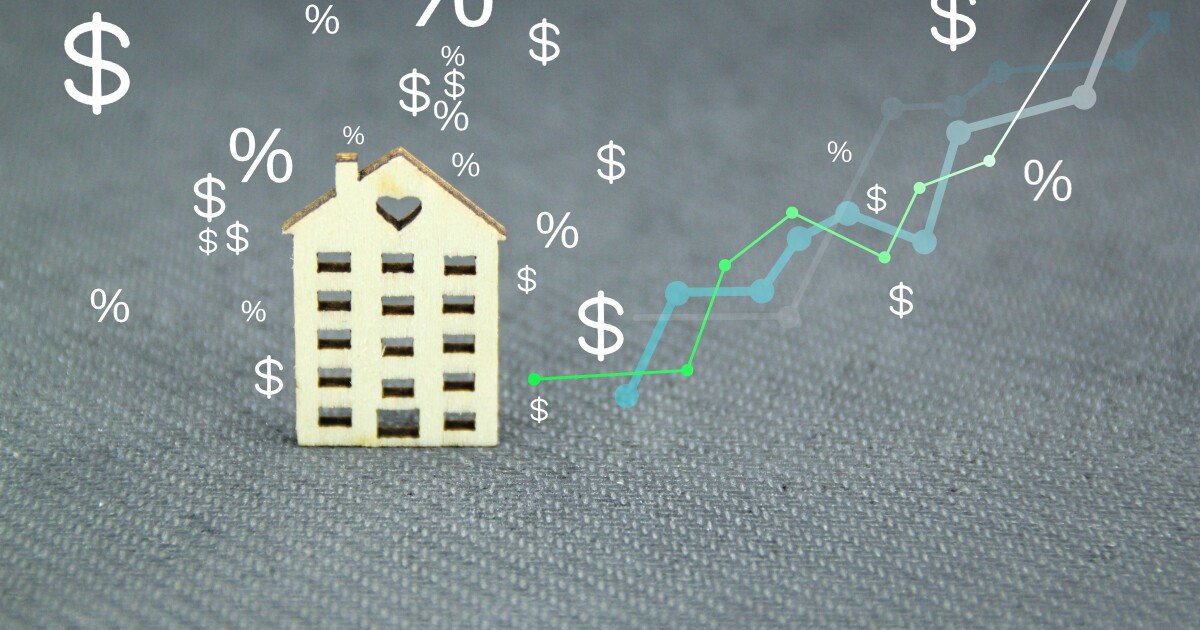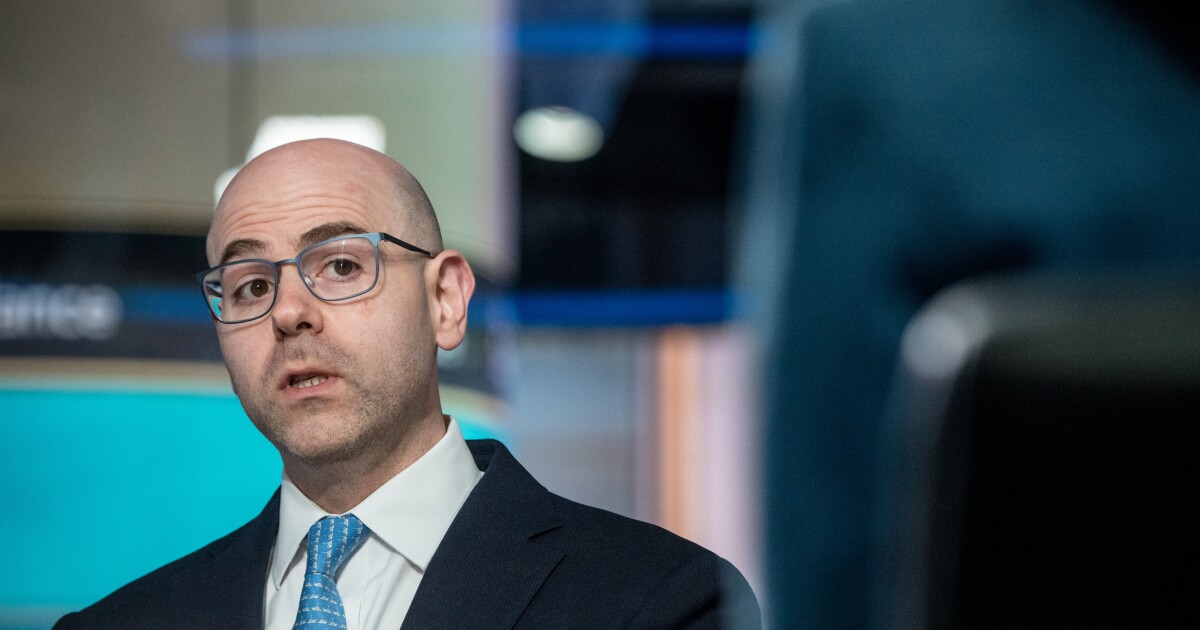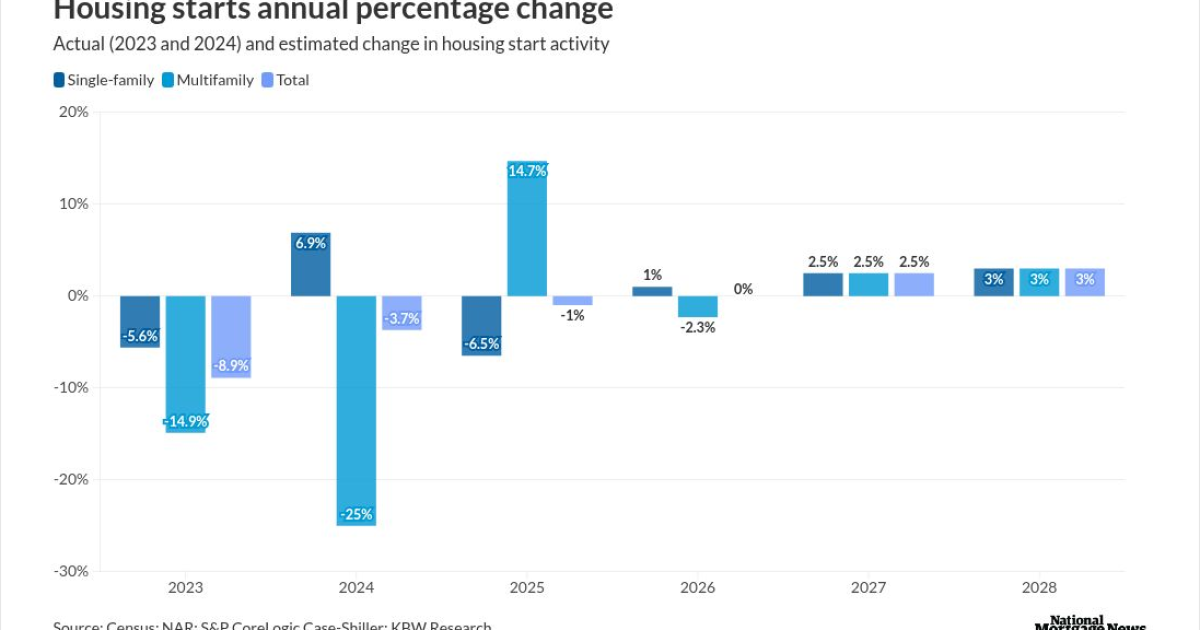
The growth of the federal budget deficit under President Joe Biden now threatens to "crowd out" the capital needs of the housing sector and many other private borrowers.
Most Americans are surprised to learn that
The Bank for International Settlements noted in November: "Despite their recent fall, global real residential prices remain well above their pre-Covid-19 pandemic levels (by 6% in aggregate)."
BIS continues: "Compared with Q4 2019, they have increased by almost 160% in Turkey, close to 20% in the United States, and 15% in Japan. In contrast, real prices have fallen by 8% in Brazil and 7% in both India and South Africa."
As the world tries to find the bottom of sagging home prices,
One way to display the relationship between home prices and loan defaults is the Basel I concept known as loss given default (LGD). In the case of $2.5 trillion in prime loans owned by U.S. banks, LGD for residential loans was still slightly negative in Q3 2023.
The negative loss post default on bank residential loans means the proceeds of the foreclosure were sufficient to pay off the loan and actually leave a surplus. That is not normal, folks. But losses on $500 billion in bank-owned multifamily loans, by comparison, were close to 100% of the original principal balance. What's going on?
Very simply, the inflation injected into the U.S. economy by the Fed before and during COVID has caused a massive and, for now, permanent increase in residential home prices. The financial bubble, however, affects both residential and commercial properties alike. One reason why you see the big-percentage losses
Yet, conversely, higher prices for prime residential homes mean lower or even no losses if a loan defaults. As the home price appreciates, the loan-to-value ratio falls. How long will U.S. home prices remain inflated? If you talk to some of the smarter operators in the U.S industry, they see the following scenario:
The Fed will eventually cut short-term interest rates, relieving pressure on lenders from high warehouse funding costs. A short boom in residential lending volumes will ensue and home prices will go even higher.
Then market exhaustion and new home supply will finally arrive, and home prices will correct back down near 2020 levels. At least that's how things have worked in past economic slowdowns.
The big change in the forward economic equation is the burgeoning federal budget deficit, the one subject that nobody in Washington wants to discuss. Even as Congress heads for the latest debt ceiling showdown deadline, the real issue is servicing the federal debt.
"How did you go bankrupt?" Ernest Hemingway asked in The Sun Also Rises. "Two ways. Gradually, then suddenly."
The "lower interest rates soon" gospel has become an article of faith for struggling mortgage bankers, especially those who prefer gain-on-sale to retaining servicing assets. Firms like
The big change for mortgage bankers, however, is that the pressure from Treasury borrowing may prevent long-term interest rates from falling. The "old" post-2008 pattern of falling short-term rates followed by a sustained bond market rally may not materialize in the future, dashing a lot of hopes for future profitability.
The normalization of the yield curve is the more likely scenario. What is normal? Normal is the Fed funds rate closer to 4% than 5.5% presently, but 10-year Treasury yields could be closer to 6%. Or a spread between two-year and 10-year Treasury notes over 150bp. Note that TED was driven 1% negative during the Fed's QE madness in '20-'21. TED was 280bp in 2010.
It's been almost fifteen years since the bond market had a normal yield curve, but today is anything but normal. The growth of the federal budget deficit under President Joe Biden now threatens to "crowd out" the capital needs of the housing sector and many other private borrowers.
The idea of "crowding out" as an economic concept fell out of favor during the age of benevolence from 2008 through 2020. At the least, the Treasury deficit increases the cost of credit for all and adds to bond market volatility. Now with the Treasury raising close to $1 trillion per quarter to finance the government's cash needs, the situation is becoming absurd.
As the remaining funds and banks parked at the Fed's Reverse Repurchase Facility flow back into T-bills and other assets, the massive movement of cash in and out the Treasury General Account will boost market volatility. As the Treasury's vast General Account grows and subsides each quarter, banks, dealers and private investors in the short-term credit markets will be dragged along.
President Biden and Treasury Secretary Yellen never talk about the budget deficit. Former President Donald Trump doesn't evince any worry about budget deficits either. Only after JP Morgan Chase CEO Jamie Dimon warned of a bond market 'rebellion' against the $34 trillion national debt did Fed Chairman Jerome Powell respond, saying that it's past time for an 'adult conversation' about unsustainable fiscal policy.
Talking in public about the Federal budget deficit is not yet fashionable in Washington, but this will change. We expect the Treasury yield curve to normalize and 30-year mortgage rates to stay elevated or even track higher. Until Congress addresses the federal deficit, the tendency will be for higher long-term interest rates regardless of what the Fed does with the short end of the yield curve.
"Mortgage rates are back up to nearly 7%," BTIG noted this week. "Rates have risen 30 basis points since year-end, while the 10-year Treasury yield is up 35 bps." In addition to questions about the long end of the Treasury market, banks continue to be net sellers of mortgage exposures to raise cash. Mortgage coupon spreads over the 10-year Treasury are likewise near the widest levels going back decades.
Think of a mortgage market with a TED spread back out to 1-2% within a year. Imagine a mortgage market when we assume 7 to 8% mortgage rates for years to come. With SOFR below 5% by next year, as the forward swaps suggest, at least the few surviving mortgage lenders will be making money again. Maybe United Wholesale and Rocket will start to behave like adults again.
Despite hopes for lower interest rates, we may be living in a market with 7s and 8s instead of the 5% loan coupons weary mortgage bankers dream about. In this dystopian future, issuers' long-held mortgage servicing assets will thrive, but the persistent sellers of servicing will taste bitter tears. Those buy-down loans that you can't refinance will be very expensive indeed.



